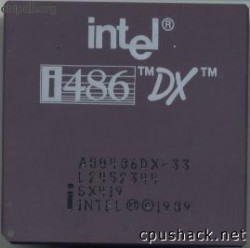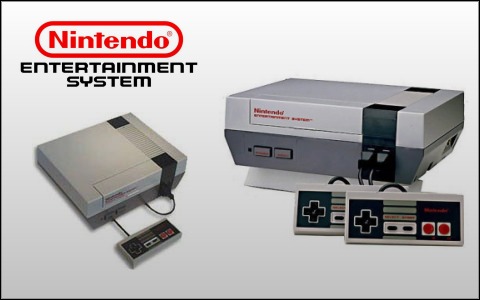I'm tired of hearing about how "America's ISPs suck". I have Comcast Business. I can max out my download and/or upload speed at absolutely any time of day. Netflix, etc is certainly is not being throttled. I can download 5+ Terabytes a month and not get any complaints. When I call in for tech support, I almost never get put on hold, and when I need a truck to come out, it is usually here within an hour of hanging up the phone.
I had Comcast business. 50 meg. I switched to the residential 100 meg plan for about the same price. It Sucks! I saw consistently faster downloads with the slower plan! I have never seen more than 4 MB/s and usually that only lasts for a few minutes. I would see that steadily with Comcast Business. On the few occasions I had issues they had someone outside my house fixing shit PRONTO. They techs were giving me their numbers so I didn't have to go through the main office. One guy was up on a ladder replacing cable and connectors that he said looked old. I'm terrible about paying bills so I don't usually pay them until they call me and tell me they're going to shut me off. Well, I should correct that. Comcast Business would call me and tell me they were going to shut me off. Residential Comcast sends me a nondescript letter and then I wake up to no service the next day. Once when they called I couldn't pay them there on the spot because I was waiting for a new debit card to arrive. They were very courteous and waited a week for it. I've gotta switch back. Better service and better speeds. Still sucks spending $100 a moth for such skimpy asymmetrical bandwidth.
![[H]ard|Forum](/styles/hardforum/xenforo/logo_dark.png)









